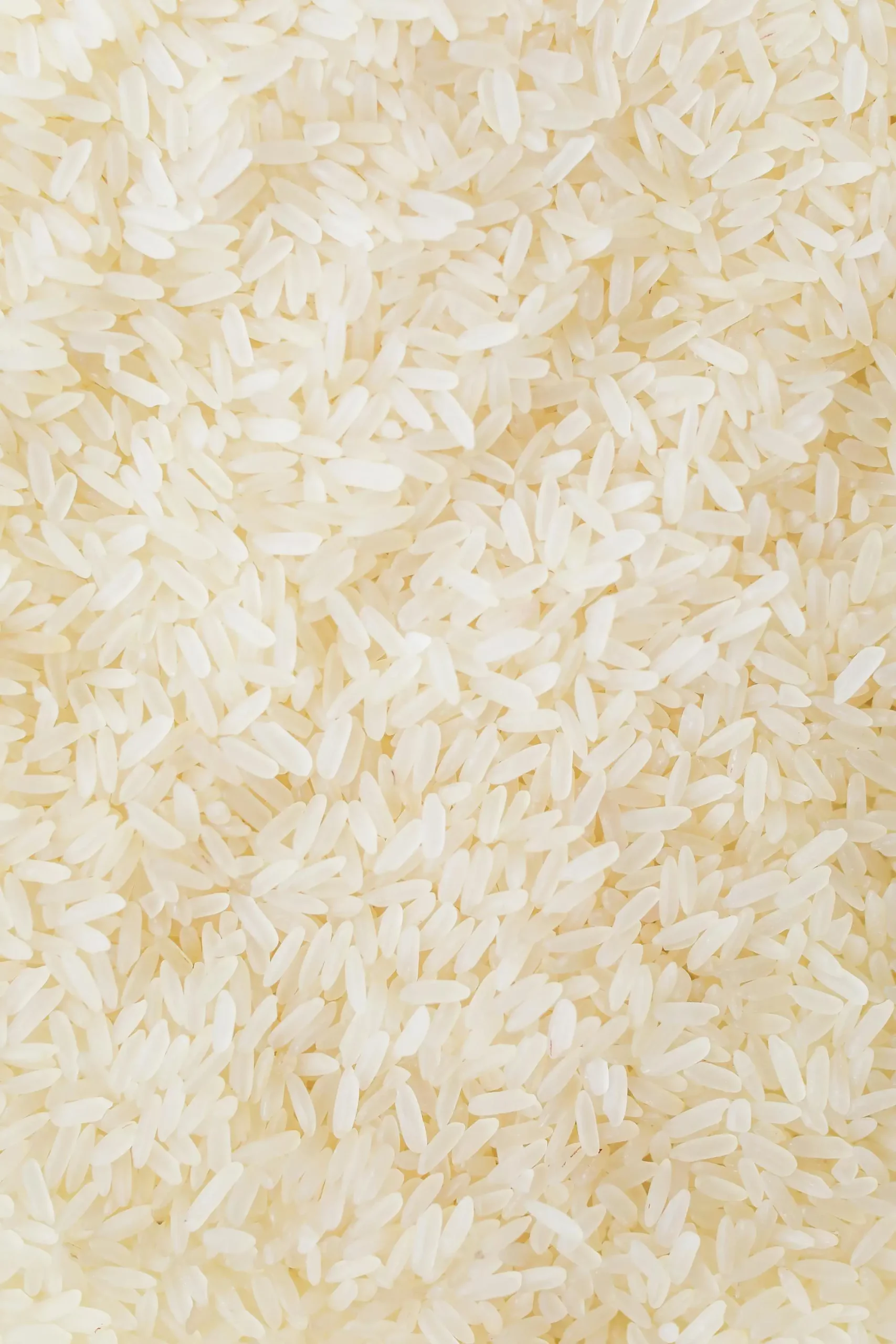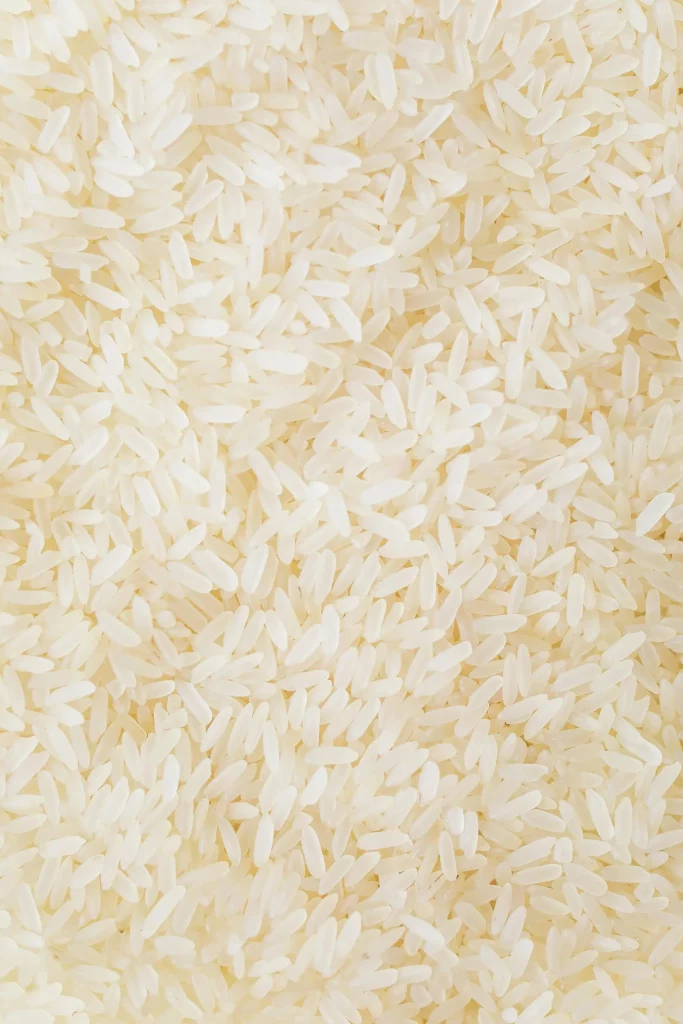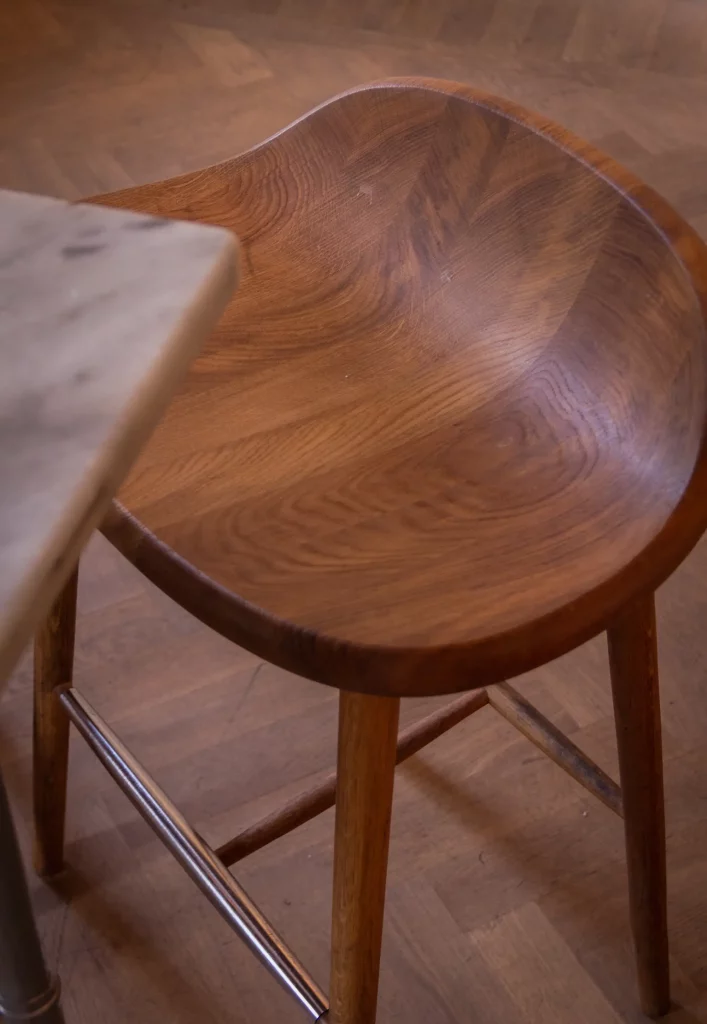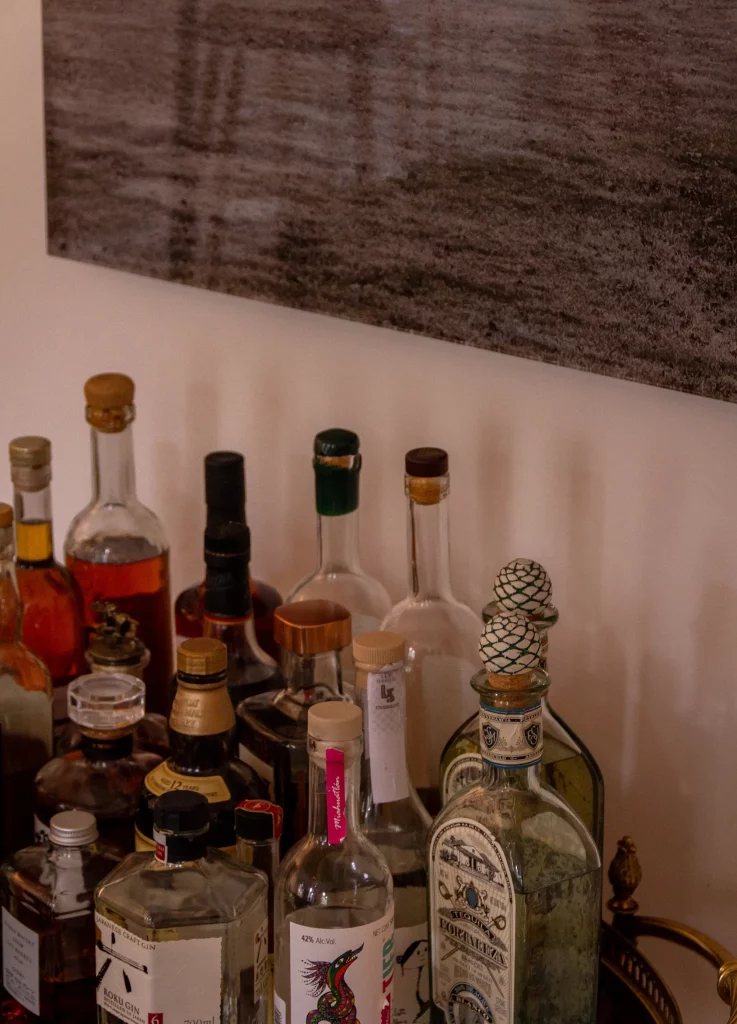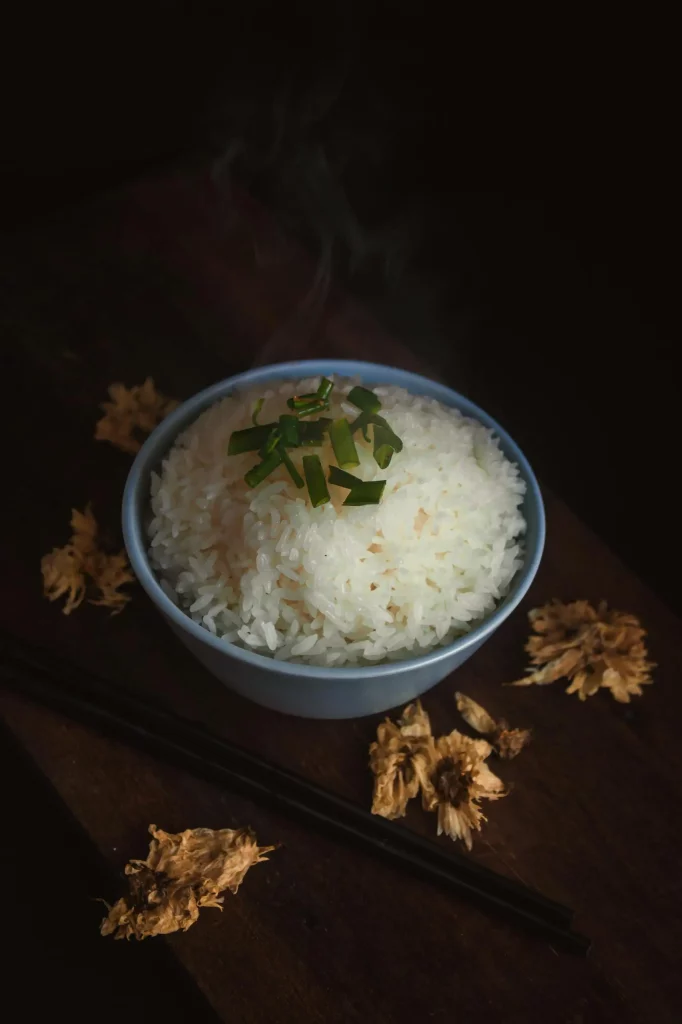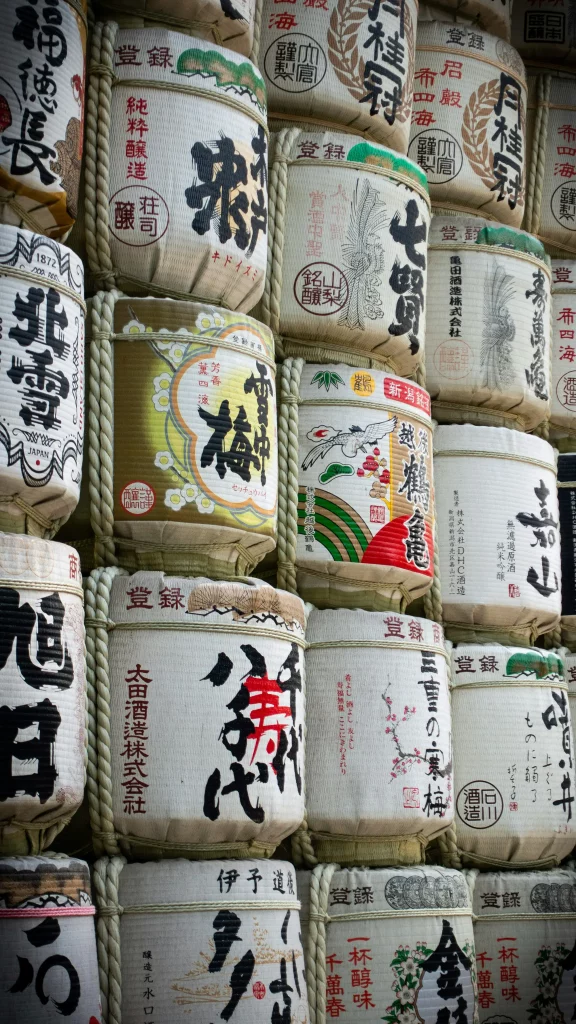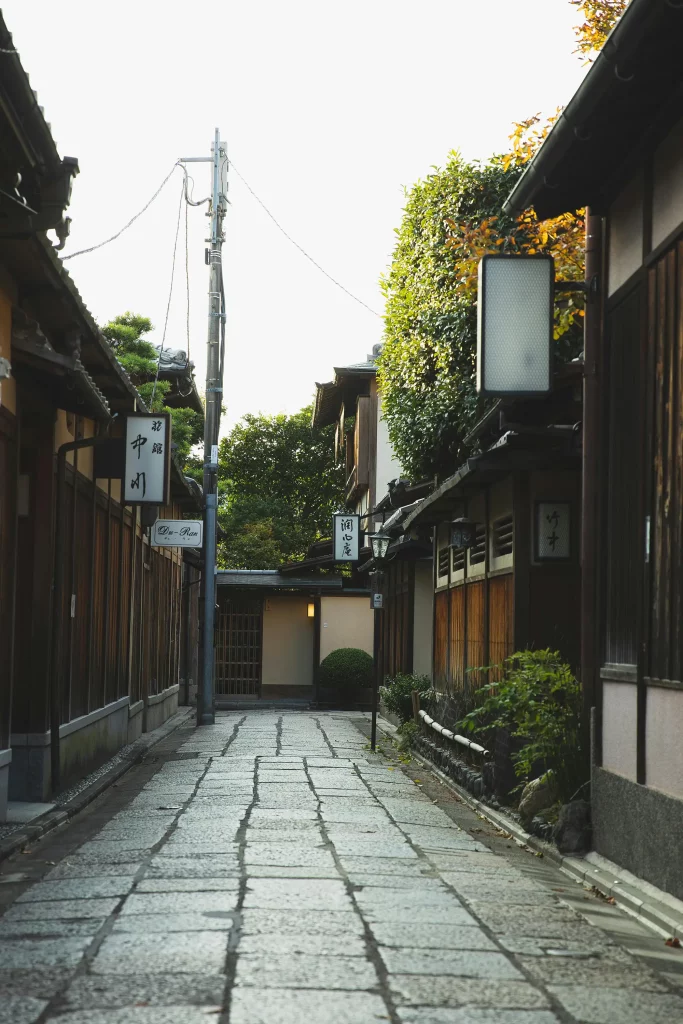The meaning of Koji
Koji is a culture used in East Asia to chemically break down and ferment produce such as rice, sweet potato and potato. It can also be used to create alcoholic beverages such as sake, or to ferment soybeans to make a specific type of soy or miso.
“The water flows down from the valley, taking about 10 years to purify”
The history of Koji goes so far back that it is impossible to trace when it was first invented. The use of koji is thought to have started two thousand years ago and has been a part of Japanese dietary life for as long as history is recorded. Why it was found or invented is debated, some say that it was introduced at the same time as rice farming during the Yayoi period (antique Japan, 250 B.C to 250 A.D), while others say that it began with sake made with koji during the Kofun period (300 to 538 AD).
Koji has become one of the methods that Chef Sayan has taken a grand interest in and is a central part of Nour’s culinary DNA. Sayan even went as far as recently visiting Niigata in the Niigata Prefecture to see one of Japan’s oldest Koji-producers.
“I spent two weeks in Japan this summer, starting in the food mecca of Osaka. In Niigata, I visited a Koji factory, the Uonuma Jozo, where the water is incredibly soft and pure. The water flows down from the valley, taking about 10 years to purify. Eating rice grown in such pristine water is a unique experience, and it’s something we want to keep in mind at the restaurant. Koji rice is a big part of our DNA, so being in a factory like that and witnessing the process firsthand was special.
Regarding the Koji production we do at Nour, I’ve studied a bit about the traditional methods and how long the process takes. We don’t have access to this extremely pure water, instead using Stockholm’s fairly hard water (Hard water is usually defined as water that contains a high concentration of calcium and magnesium ions). I’ve really dived into the details of how we rinse and steam the rice.”
The white mold culture on the Koji rice allows us to make miso, shio-koji, koji amazake, and fermented rice milk, which we can use to make ice cream.
“Aspergillus oryzae, a white mold, is grown on the rice, and it takes about 2-3 days for the Koji to develop. The white mold culture on the Koji rice allows us to make miso, shio-koji, koji amazake, and fermented rice milk, which we can use to make ice cream. We can make koji salt, and we can dry the Koji to use as a seasoning.”
Nour is as of now in a fresh new state. New people have joined the team such as Ida Bauhn as our new head chef. Klara Earlingh from Café Klotet and Urban Deli has joined as restaurant manager and most recently Robin Hermansson has hopped on as Nour’s new sommelier. Nour is a constant journey, and a lot of dishes have changed and new dishes have entered the menu. A visit this fall will mean a fresh new experience, with the same idea and philosophy that makes Nour the restaurant that it is. Ventures like the one to a Niigata Koji factory is what makes our cuisine unique, and we hope that you want to share the experience with us.
